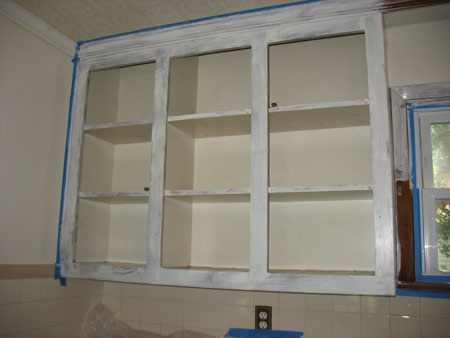 Insurance coverage is vital element in painting contract job just like guarantee. However commercial insurance and residential insurance differs in lots of ways. Still you should be sure that the painting contractor you select has got the proper qualifications to ensure that you are feeling guaranteed concerning the work done in your estate. A completely glued and insured painting company is a lot more prone to finish any project with quality results which too promptly.
Insurance coverage is vital element in painting contract job just like guarantee. However commercial insurance and residential insurance differs in lots of ways. Still you should be sure that the painting contractor you select has got the proper qualifications to ensure that you are feeling guaranteed concerning the work done in your estate. A completely glued and insured painting company is a lot more prone to finish any project with quality results which too promptly.
Another step to bear in mind may be the commercial painters general business methods, including their company status and timely completing work with no delay. A very suggested commercial painting company might have a properly professional status and several well experienced painters.
Painting contractor’s expert painting abilities provides you with the very best remodeling service in commercial or residential sector. Additionally they give a free quote for that different service they provide. So if you feel to renovate your commercial or residential building obtain the the aid of the professional painting companies. They’ll examine your building structure and will show you the service needed for that building together with the price estimate and time needed.
However the entire process of choosing the correct painting contractors could be bit tough. You will find large amount of things to consider like experience, insurance, liability as well as their company status. But it may be easily solved by locating the local painting companies on the internet and request an estimate.
So while employing professional painting companies relaxation ensure that your estate is protected which the job is going to be completed in allocated some time and complete satisfaction. Thus it is extremely important, that you select an effective painting contractor with higher experience in working with both commercial and residential painting projects.
Selecting A Home Painting Contractor
The easiest method to look for a house painter who’ll execute a quality job and employ quality fresh paint would be to meet with a local fresh paint store and obtain references. Do your research and research fresh paint lines to find out the standard of fresh paint that you would like to make use of. For example, I’ll use PPG Porter Offers. PPG is really a leading manufacturer within the films industry and it has the best films and offers available. The merchandise line known as Silken Touch is available in all available sheens, includes a lifetime warranty, covers perfectly, touches up well and it is very washable. When choosing a home painter, I visit the local Porter Fresh paint store and speak with employees and obtain tips about who I ought to use. They provide me three different contacts for painting companies they would use in their own individual home making reccommendations which fresh paint to make use of, that we find the Silken Touch.
• Request for recommendations – Most likely the best way to land a very qualified contractor is as simple as asking around for recommendations. Request your co-workers, buddies and relatives whether they can refer any painting contractor. Their tales and experience can help you gauge that will have the ability to provide the type of service that you would like accomplished for your house.
• Compare quotes – If you have simplified lower your lists of prospective companies, you need to now check their cost. Compare the quotes with a minimum of 3 companies. They ought to roughly be of the identical range. If a person way too not the same as others, give them a call up and request what services are incorporated within the provided quote.
• Speak to your candidates – Contact the candidates in your candidate and request them some questions – How lengthy are you currently in the industry? Are you currently licensed? Are you able to provide a listing of reference? What fresh paint items would you use? Do your employees get the job done or would you contract others to get it done? Using this method, you can aquire a wise decision what type of service they provide.
• Look into the reference – Contact a minimum of three of the reference they provided. Request yesteryear clients regarding their experience and when they experienced any difficulty using the contractor. If at all possible, you need to go to the actual house so that you can personally the work’s quality.
• Supply the specifics – Throughout your ending up in would-be companies, let them know the particulars from the project. Let them know what parts of the home you need to be colored, and if the painting continues outdoors of the home. This will help you to determine if the specifics you provided are incorporated within the package or if you want to pay extra.
Painting your own property may look simple. However, you should be a specialist to determine the right shade, mix in addition to texture. You’d certainly not need an area which searching cheap simply because you colored it by yourself. Time you invest on painting the home alone is really valuable to discard. Make use of a painting contractor rather to accomplish the job for you personally.














